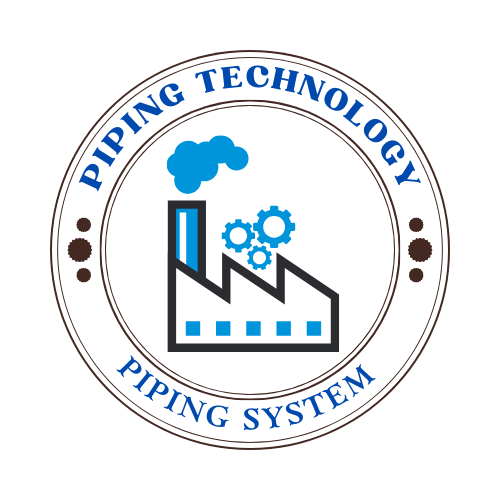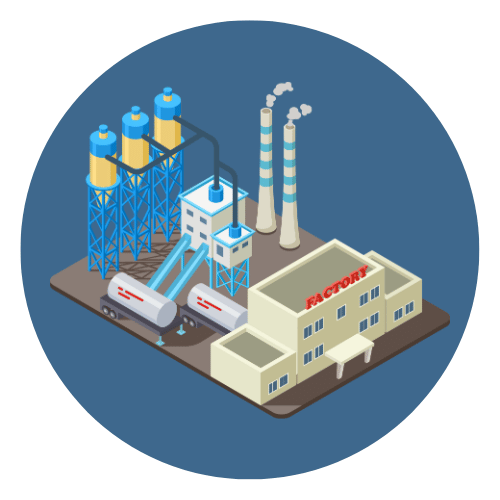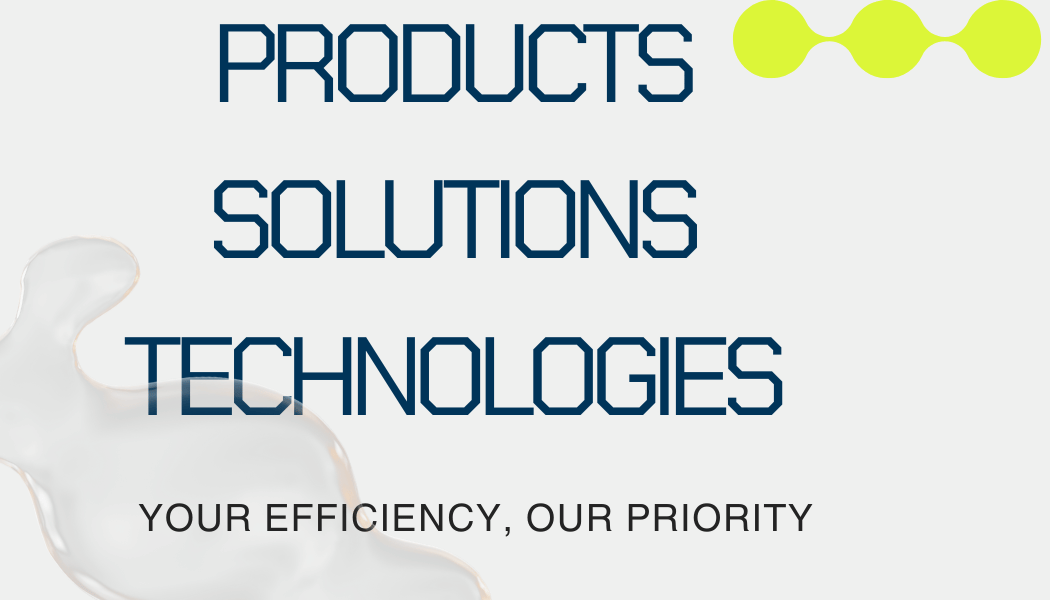
Pipe welding is a specialized craft within the welding industry, essential for constructing and maintaining the infrastructure that powers modern society. From the vast networks of pipelines that deliver oil and gas across continents to the intricate systems within power plants and refineries, the skills of pipe welders are in high demand. This profession requires not only technical skill and precision but also a deep understanding of materials and safety protocols to ensure robust and secure welds.
The history of pipe welding stretches back to the early 20th century when the expansion of industrial activities necessitated the development of more reliable and efficient joining methods for metal pipes. Today, pipe welding has evolved with advances in technology and materials, yet the basic principles remain grounded in the meticulous process of fusing metals.
In this article, we delve into the various types of pipe welding techniques—each with its specific applications and challenges. We will explore the essential skills that pipe welders must possess, the training and certifications required to enter and excel in this field, and the current job market, including potential earnings. Additionally, we examine the technological trends shaping the future of pipe welding and the ongoing need for these skilled tradespeople in an ever-changing industrial landscape.
By understanding the complexity and critical nature of this work, we gain a better appreciation for the pipe welders who play a pivotal role in maintaining the lifeblood of industry and infrastructure around the world.


 Automation System
Automation System  Energy Engineeing
Energy Engineeing  Instrumentation System
Instrumentation System  Mechanical Engineering
Mechanical Engineering  Piping Technologies
Piping Technologies  Transportations
Transportations  Manufacturing
Manufacturing  Training Material
Training Material 











